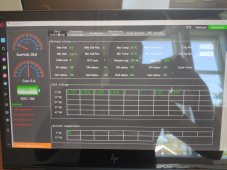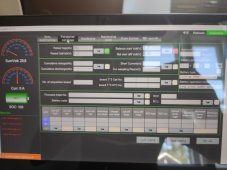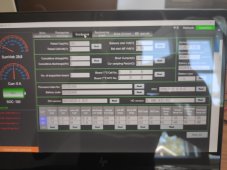Hi @Stepandwolf ,
how is your comment related to this BMS?
note: many lab power supplies have relative low power. So it is not abnormal it takes ages to charge a cell or battery with it... But at least I expect it should run at its max power (as the internal resistance of the cells is very low). What was the current that it managed to provide with the cells at 3.3-3.4A? Does it run higher currents if you increase the voltage to 3.65V - at your own risk ;-). Sometimes the voltage provided is not very accurate and sometimes the current limiting functionality is also not working very great (staying far from the max power). And on my PS I need to take higher current from the back of the PS; front is limited to 5A.
how is your comment related to this BMS?
note: many lab power supplies have relative low power. So it is not abnormal it takes ages to charge a cell or battery with it... But at least I expect it should run at its max power (as the internal resistance of the cells is very low). What was the current that it managed to provide with the cells at 3.3-3.4A? Does it run higher currents if you increase the voltage to 3.65V - at your own risk ;-). Sometimes the voltage provided is not very accurate and sometimes the current limiting functionality is also not working very great (staying far from the max power). And on my PS I need to take higher current from the back of the PS; front is limited to 5A.





